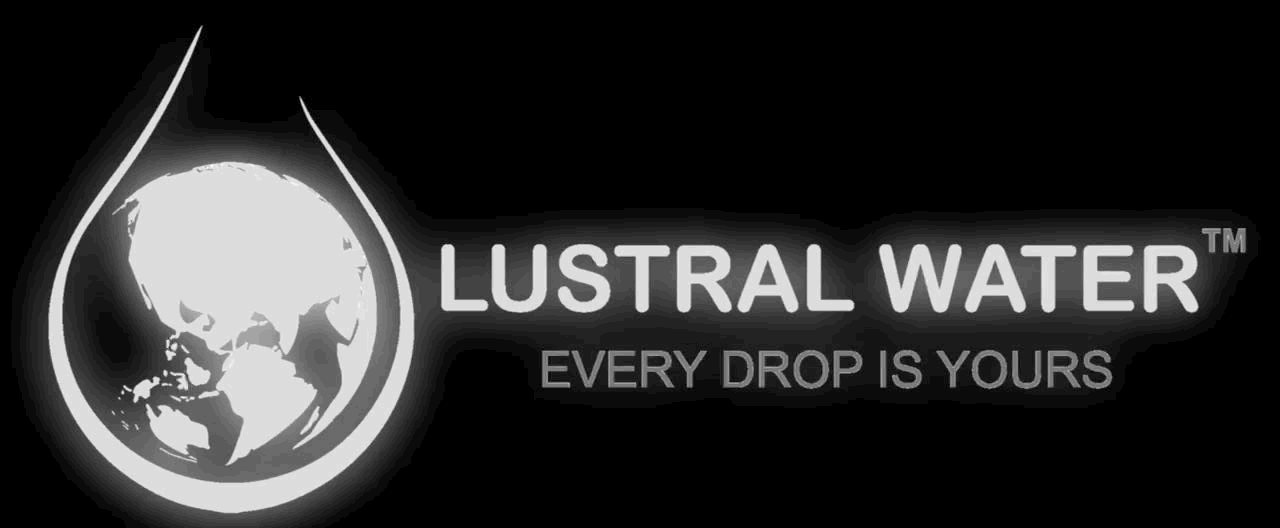Water purifier maintenance is an often overlooked aspect in a household. It is never usually tended to unless there is a repair. This is surprising considering how reliant we are on a consistently working purifier. When you neglect its maintenance the water purifier's life span goes down owing to clogged pores, worn out filters, all of which eventually results in compromised water quality. Did you know that by taking some easy and practical steps, one can avoid all this? Here is what you can do.

Why Regular Maintenance of Your Water Purifier is Essential
Regular maintenance of your water purifier might seem unimportant until there is a breakdown and you are scrambling to get a technician to repair on time. Proactive maintenance on a regular basis can save you from spending hundreds of rupees on replacing worn out purifier parts. When filters are replaced regularly, you prevent the buildup of harmful contaminants that can affect water quality and pose health risks.
How to Clean Your Water Purifier
Here's a step-by-step guide on how to clean different parts of your purifier:
1. Cleaning the Filter
Reverse Osmosis (RO) filters can remove up to 94% of contaminants including PFAS, heavy metals, and microorganisms. But only if they’re not choked up with months of residue.
-
Soak filters in a 1:1 solution of water and vinegar for 30 minutes
-
Rinse thoroughly before reinstalling
-
Replace activated carbon filters every 3 months (they wear out faster)
Did you know? Carbon filters are often made from coconut shells. Yep, your water gets purified through coconuts!

2. Cleaning the Storage Tank
Tanks can hold invisible residues, biofilm, and occasionally, a slight smell.
-
Empty the tank fully
-
Wipe it down with a mix of water and a few drops of bleach
-
Rinse thoroughly to avoid any chlorine taste
-
Let it air dry before refilling
Tip: If your water starts smelling or tasting "off", your tank might be the culprit, not the filter.
3. Flushing the Pipes
Pipes and tubing are like blood vessels, if they're blocked, the whole system suffers.
-
Detach pipes if possible
-
Flush with a vinegar and warm water solution
-
Check for mineral buildup, algae traces, or leaks
-
Reconnect and run clean water for 5 minutes before use
Water Filter System Maintenance Tips
Regular maintenance is key to the longevity and efficiency of water filtration systems, including reverse osmosis (RO) and whole house systems. For RO systems, replacing filters every 6-12 months is crucial. This includes pre-filters, sediment filters, and carbon filters to ensure optimal performance. For example, failing to replace these can lead to clogs and reduced water flow.
Periodic sanitization is also essential. Consider using a maintenance kit like Sani-System to sanitize RO tanks and lines, preventing bacterial growth. It’s recommended to sanitize at least once a year, ideally during filter changes.
Whole house systems, on the other hand, require less frequent filter changes, often only once or twice a year. These systems filter all water entering your home, making them ideal for general water quality improvement. However, they may not remove as many contaminants as RO systems.
-
RO Maintenance Tips:
-
Replace filters regularly (6-12 months).
-
Sanitize annually to prevent bacteria.
-
Monitor water pressure for efficiency.
-
Whole House System Tips:
-
Change filters 1-2 times a year.
-
Focus on improving overall water quality.
Creating a Water Purifier Cleaning Schedule
To ensure the longevity and efficiency of your water purifier, establishing a regular cleaning schedule is crucial. Begin by understanding the specific needs of your system, as different purifiers have varying maintenance requirements. For instance, reverse osmosis systems require periodic filter and membrane replacements, typically every 6-12 months, depending on water quality and usage.
Here’s a simple checklist to maintain your water purifier:
- Monthly: Inspect for leaks and check the water pressure. A decrease may indicate clogged filters.
- Quarterly: Clean the system housing and replace pre-filters if necessary.
- Biannually: Conduct a thorough cleaning, including sanitizing the storage tank.
- Annually: Replace the main filter components like carbon filters and RO membranes.
An example of effective scheduling is setting reminders on your phone or calendar for each maintenance task. This proactive approach not only prevents potential issues but also ensures your family enjoys clean, safe drinking water consistently.
DIY Maintenance: What You Can Handle (and What to Skip)
-
Doing your own maintenance isn’t just economical — it gives you better control over what goes into your drinking water.
-
Here’s a look at what you can confidently do at home:
|
DIY Tasks |
Safe to Do? |
|
Replacing pre-filters and carbon |
Yes |
|
Cleaning with vinegar/water |
Yes |
|
Sanitizing tank and housing |
Yes |
|
Handling internal circuitry/plumbing |
No — Call pros |
Know your limits: If you're dealing with sensor malfunctions, leaks inside the unit, or water pressure irregularities, it's best to book a professional.
Watch Out for These Signs Your Purifier Needs Help
Don’t wait for a total breakdown. Your purifier often sends subtle SOS signals. Here's what to watch for:
-
Strange noises or beeping: May signal sensor errors or low pressure
-
Drop in water flow: Likely due to clogged filters or pipe obstructions
-
Change in water taste or smell: A major red flag — replace that carbon filter!
-
Visible residue in stored water: Time for a full clean
FYI: A drop in pressure also puts strain on the RO membrane, potentially reducing its lifespan by up to 30%.
FAQs About Water Purifier Maintenance
How Often Should You Clean Your Water Purifier?
- Weekly: Inspect for visible debris and clean the storage tank.
- Monthly: Change filter cartridges if necessary.
- Quarterly: Sanitize the system to prevent bacterial growth.
- Bi-Annually: Perform a deep clean of the filter housing.
- Annually: Inspect for wear and tear, especially in RO systems.
A practical tip is to monitor water pressure and taste; a decrease in flow or unusual taste could indicate a clogged filter. Regularly checking these signs helps maintain optimal filter performance. For example, if your water develops an unusual taste, it may be time to replace the carbon filter.
Can I Use Vinegar to Clean My Water Purifier?
Discuss the use of household items for cleaning purposes. Vinegar is a common household item that can be used to clean filters, tanks, and pipes effectively. By following these guidelines, you ensure your water purifier continues to provide high-quality water, extending its lifespan and efficiency.
Regular maintenance is essential for ensuring the optimal performance and longevity of your water purifier. By diligently following the outlined steps, such as replacing filters, monitoring water pressure, and scheduling professional servicing, you can safeguard the quality of your drinking water and extend the lifespan of your appliance. Neglecting these practices can lead to clogged filters, reduced efficiency, and potential health risks.
Ensure clean, purified water every day with Lustral Water. Shop now for top-quality water purifiers and experience healthier hydration!





